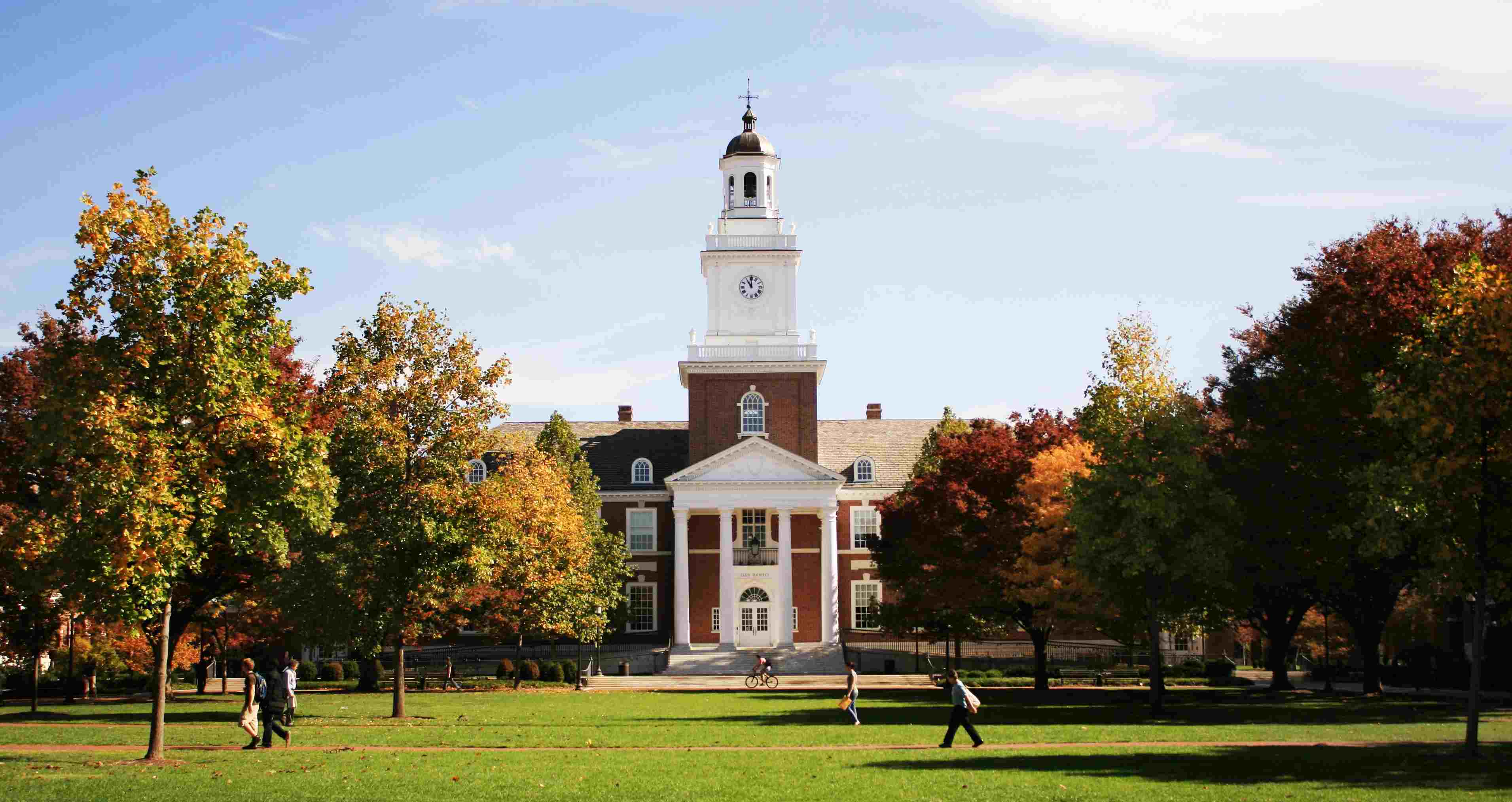
Ever curious about skeletons and what makes them so intriguing? Skeletons, more than just Halloween decorations or subjects of spooky stories, play a crucial role in the biology of living organisms. They provide structure, protect vital organs, and even store minerals. Skeletons are fascinating for numerous reasons, from their composition to their evolution over millions of years. In this blog post, we'll uncover 20 captivating facts about skeletons that will surprise and educate you. Whether you're a science enthusiast or simply looking for some interesting tidbits to share with friends, these facts will shed light on the complexity and wonder of skeletal systems. Get ready to be amazed by the world of bones and what they reveal about life on Earth.
What Are Skeletons?
Skeletons, frameworks within living creatures, provide support, shape, and protection to the body. They also play a crucial role in movement by serving as attachment points for muscles. While most commonly associated with vertebrates, many other organisms also possess skeletal structures.
-
Human skeletons are made up of 206 bones at adulthood, though we're born with approximately 270 bones. Some of these fuse together as we grow.
-
Bone marrow, found within bones, is vital for producing blood cells.
Types of Skeletons in Nature
Nature showcases a variety of skeletal types, each fascinating in its own right.
-
Exoskeletons are external skeletons found in creatures like insects and crustaceans. They provide protection and support but must be shed for the organism to grow, a process known as molting.
-
Endoskeletons are internal and found in vertebrates, including humans. This type grows with the organism, providing a constant support structure.
-
Hydrostatic skeletons are found in many soft-bodied animals, such as worms. These skeletons use fluid pressure to provide shape and enable movement.
How Do Skeletons Grow?
Understanding the growth process of skeletons reveals much about their function and importance.
-
Ossification is the process by which bones form and harden from cartilage, a softer substance. This process is crucial for the development of a strong and functional skeleton.
-
In humans, growth plates located at the ends of long bones are responsible for bone growth. These plates gradually ossify until growth ceases in early adulthood.
Skeletons and Health
Skeletons are not just static structures; they're closely linked to our overall health.
-
Calcium and vitamin D are essential for maintaining strong bones. A deficiency in either can lead to weakened bones and conditions such as osteoporosis.
-
Regular exercise helps to keep bones strong by stimulating bone formation and slowing down bone loss.
-
Arthritis is a common condition affecting the joints in the skeleton, leading to pain and reduced mobility.
Fascinating Skeleton Facts
Skeletons hold many secrets and fascinating facts that often go unnoticed.
-
The smallest bone in the human body is the stapes bone in the ear, which can be as small as 2.5 mm.
-
Giraffes and humans have the same number of vertebrae in their necks—seven. Despite the giraffe's long neck, each vertebra is just much longer.
-
Sharks do not have bones. Instead, their skeletons are made of cartilage, which is lighter and more flexible than bone.
-
The human skull is made up of 22 bones that are fused together, except for the mandible (jawbone), which remains separate.
-
Bird skeletons are highly specialized for flight. Many of their bones are hollow, reducing weight without sacrificing strength.
Skeletons in Culture and Mythology
Skeletons have long held a place in culture and mythology, symbolizing various aspects of life and death.
-
In many cultures, skeletons are associated with death and the afterlife, often used in festivals like Mexico's Day of the Dead (Día de los Muertos).
-
Pirates famously used the skull and crossbones symbol, known as the Jolly Roger, to strike fear into the hearts of their victims.
-
Skeletons have often been depicted as warriors or guardians in mythology, protecting sacred places or treasures.
-
The Grim Reaper, a skeletal figure cloaked in black, is a common personification of death in many Western cultures.
-
Ossuaries, buildings dedicated to storing human bones, are found in various parts of the world, serving as reminders of mortality and the cycle of life.
A Final Peek at Skeleton Secrets
Diving deep into the world of skeletons has unveiled a treasure of knowledge. From the fascinating fact that human babies are born with nearly 300 bones to the intriguing reality that bones are made of a dynamic, living tissue constantly renewing itself, we've covered ground that stretches far beyond the bare bones of biology. Who knew that the smallest bone in the human body is nestled deep inside the ear, or that giraffes and humans share the same number of neck vertebrae? This journey through skeletal facts has not only highlighted the structural marvels of various creatures but also underscored the incredible adaptability and resilience of life forms across the planet. Armed with these insights, we're reminded of the complex beauty hidden within the frameworks that support us all.
Was this page helpful?
Our commitment to delivering trustworthy and engaging content is at the heart of what we do. Each fact on our site is contributed by real users like you, bringing a wealth of diverse insights and information. To ensure the highest standards of accuracy and reliability, our dedicated editors meticulously review each submission. This process guarantees that the facts we share are not only fascinating but also credible. Trust in our commitment to quality and authenticity as you explore and learn with us.


